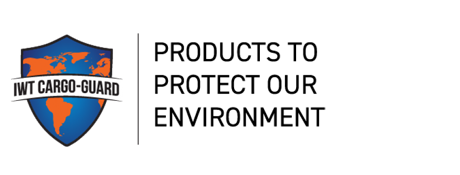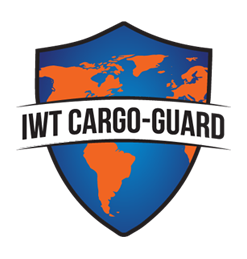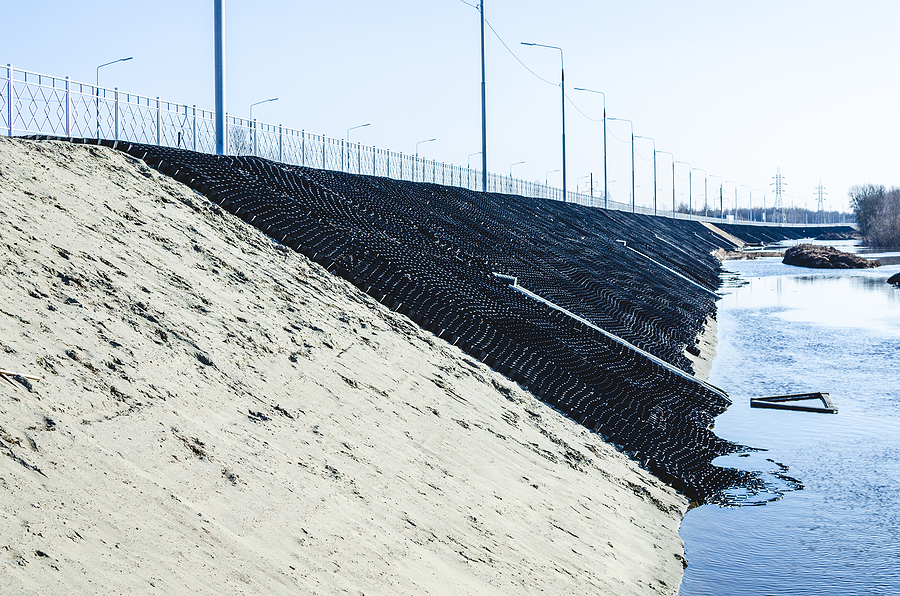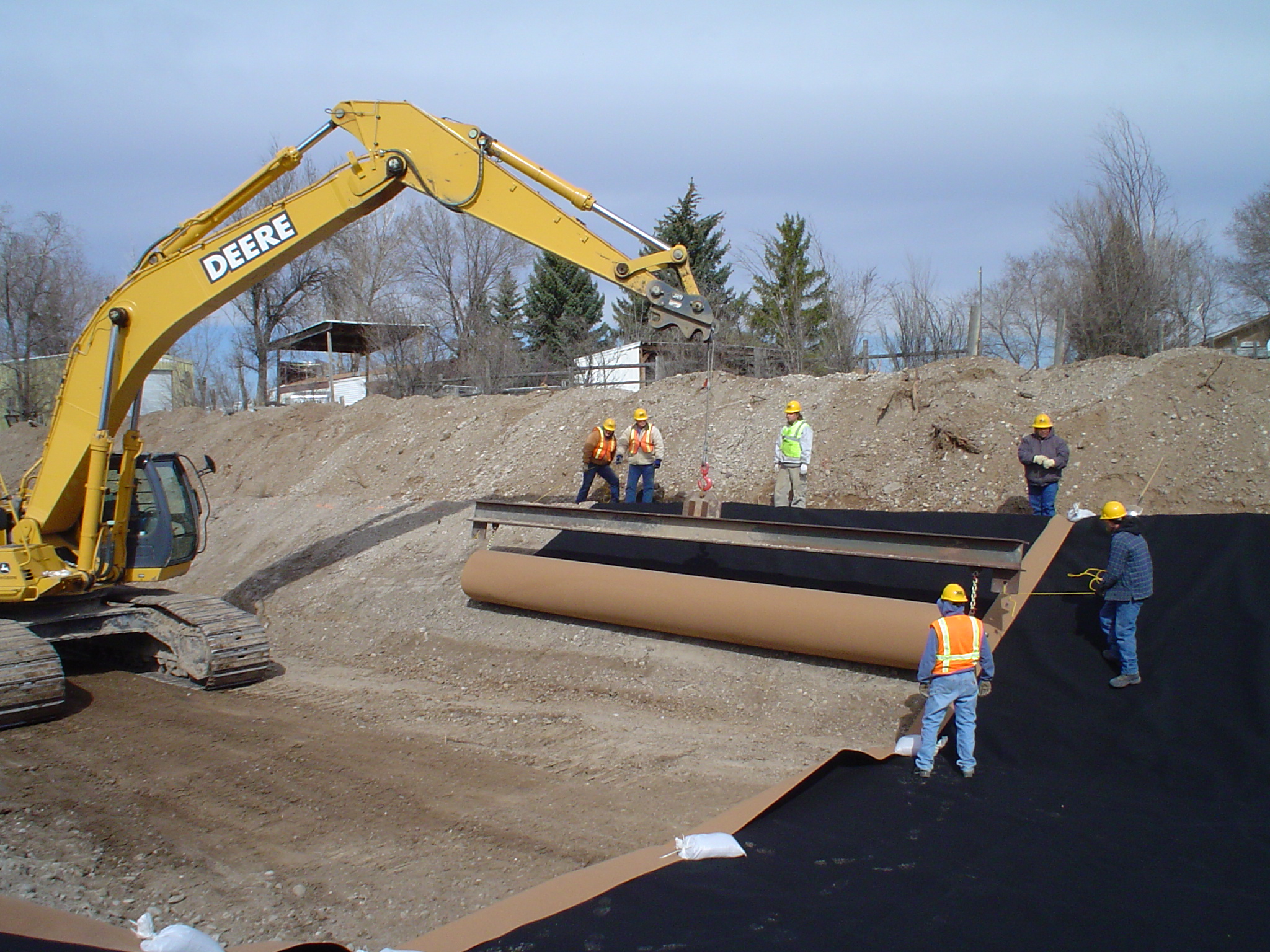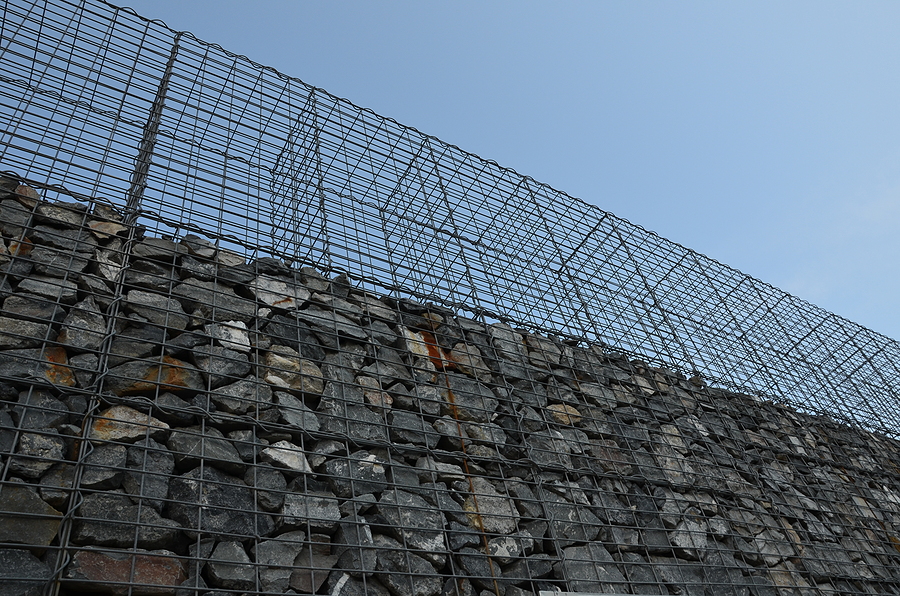Geocell Cellular Confinement System: What You Need to Know
When you hear the term “geocell cellular confinement system,” you may not fully understand what it is. They are extremely helpful tools when completing construction and environmental projects. Free-draining soil is ideal for these kinds of projects. However, free-draining soil is difficult to compact. This weak soil can be displaced by stress forces and is subject to erosion as a result. Fortunately, geocell cellular confinement systems provide the solution.
What Is A Geocell Cellular Confinement System?
A geocell cellular confinement system is a lightweight, expandable, three-dimensional honeycomb grid that is manufactured using high-density polyethylene. Each geocell can contain, confine, or reinforce a variety of infills including soil or concrete.
Poorly compacted or free-draining soil and concrete can be used thanks to the confinement ability of geocell cellular confinement systems. Each three-dimensional geocell impedes lateral movement of the infill material. This increases structural strength and locks in materials for erosion protection.
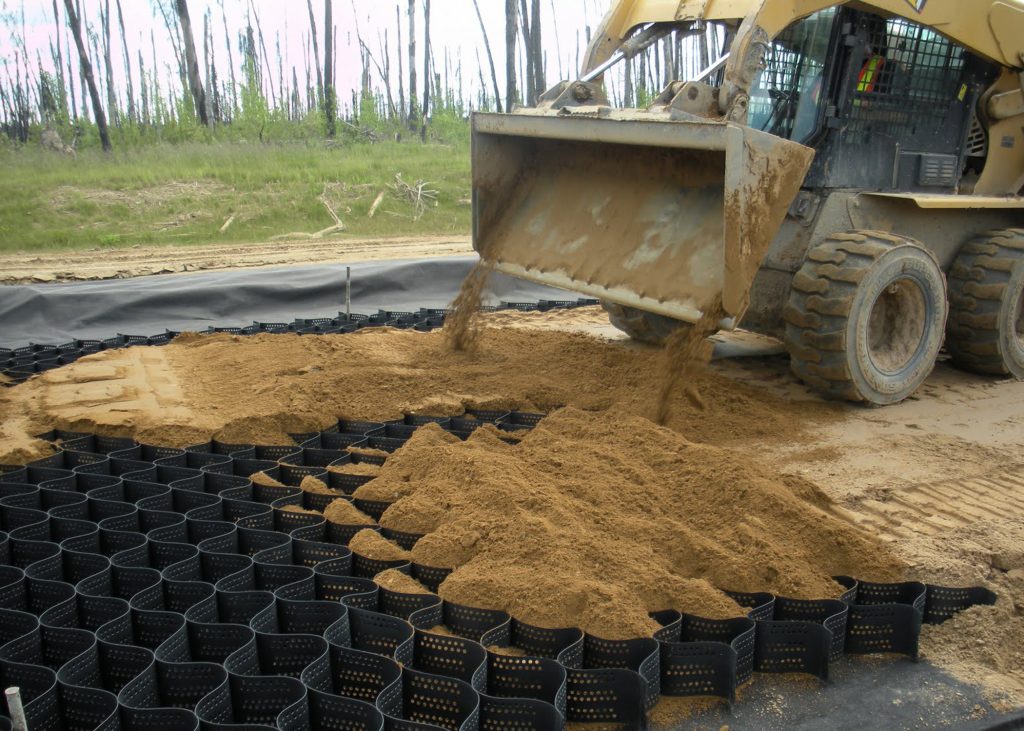
Are Cellular Confinement Systems Customizable?
Yes, a geocell cellular confinement system is completely customizable, including perforated or solid walls. Even soil with vegetation can benefit from a cellular confinement system with perforated walls to allow water to flow through the system.
The type of system used depends directly on the application of the system. They can be built with a multitude of heights, sizes, colors, and textures as well. Whatever the specific case may be, cellular confinement systems can provide your team with a cost-effective and environmentally friendly solution for erosion control, earth retention, and load support projects.
Common Geocell Cellular Confinement Systems Applications
Due to the customizable nature of cellular confinement systems, they can be used for a diverse range of applications.
Soil Stabilization
In the face of soft, unstable soils, a geocell cellular confinement system can provide the solution. Soil stabilization is the process in which a soil’s physical property is transformed to provide long-term strength gains. Geocell systems confine the soil to prevent any lateral movement, reducing pressure and providing support. They increase the bearing capacity of the soil while reducing shrink/swell potential and the effects of freeze/thaw cycles.
If you’re dealing with an unpaved area, a confinement system can help you strengthen the surface and construct access roads necessary over the soft soil. You don’t have to worry about wet weather conditions either as cellular confinement systems allow water to permeate the ground and prevent runoff from causing damage to your equipment or the local ecosystem.
Slope Erosion Control
Soil particles on slopes are susceptible to being detached and getting carried away with runoff streams. Cellular confinement systems can effectively prevent this issue by stabilizing the slope. The geocells contour to the subgrade of a slope to reduce preparation time. They hold any cover materials in place on slopes that are as steep as 70 degrees.
Regardless of whether you fill the cells with vegetated soil or rock, the system is permeable which reduces water runoff. Geocell confinement systems break the wind’s hold on the soil at ground level and prevent water from picking it up.
Retaining Walls
Retaining wall structures are used when encountering rough terrain and steep slides. However, typical concrete retaining walls are vulnerable to cracking under a rapid change of grade. Geocell confinement systems solve this problem. They allow construction flexibility and help meet site challenges when subgrade soils are compressible or construction is in locations that are difficult to access.
The flexible cells can be easily installed around curves and other structures. They can even be stacked to create vertical retaining walls. If you’re struggling with poor base conditions, you can install vegetated retaining walls with a cellular confinement system. You will be able to easily complete construction while the cellular confinement system provides support for soil and vegetation. The options are endless when implementing geocell retaining walls. They are the most flexible, affordable, and aesthetically pleasing option.
Channel Wall Protection
Water channels can create serious erosion and bank-cutting issues. Soil is at its weakest when it’s damp; protecting the channel makes a significant difference in water quality downstream and safety where banks are undercut. Geocell cellular confinement systems offer strength and flexibility when containing material. These factors help to minimize the erosive forces to the channel slope or bottom. However, slope steepness and hydraulic force must be considered to maintain a safe and durable channel system.
Are You Ready To Implement A Cellular Confinement System?
To take advantage of the many benefits of cellular confinement systems and apply them to your current construction or environmental project, reach out to IWT Cargo-Guard. We offer EnviroGrid cellular confinement systems that are lightweight, expandable, and completely customizable. Whether you’re trying to stabilize soil or protect the shoreline, IWT Cargo-Guard has the products you need. Contact us today for more information.
